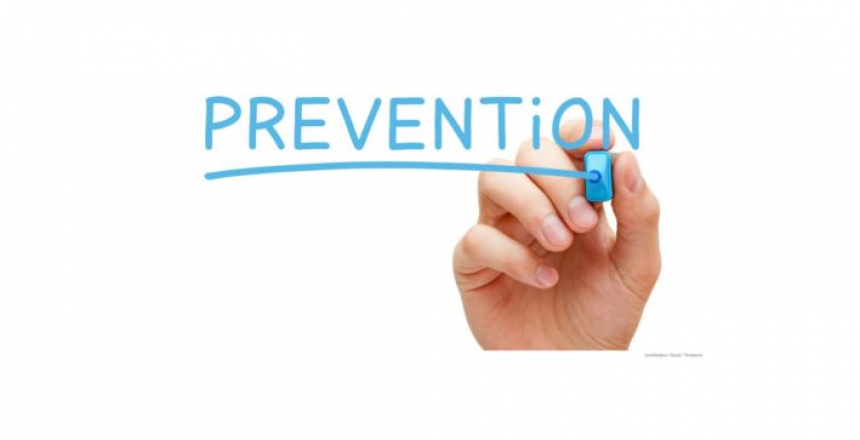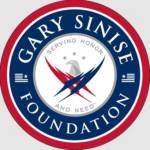From the Centers for Disease Control and Prevention (CDC) (Posted February 26, 2020):
The risk of getting coronavirus disease 2019 is currently low in the United States due in part to quick action from health authorities. However, some people are worried about the disease. Fear and anxiety can lead to social stigma towards Chinese or other Asian Americans. Stigma and discrimination can occur when people associate an infectious disease, such as COVID-19, with a population or nationality, even though not everyone in that population or from that region is specifically at risk for the disease (for example, Chinese-Americans and other Asian-Americans living in the United States).
Stigma hurts everyone by creating more fear or anger towards ordinary people instead of the disease that is causing the problem. We can fight stigma and help not hurt others by providing social support. We can communicate the facts that being Chinese or Asian American does not increase the chance of getting or spreading COVID-19.
There is currently no vaccine to prevent coronavirus disease 2019 (COVID-19). The best way to prevent illness is to avoid being exposed to this virus. However, as a reminder, CDC always recommends everyday preventive actions to help prevent the spread of respiratory diseases, including:
- Avoid close contact with people who are sick.
- Avoid touching your eyes, nose and mouth.
- Stay home when you are sick.
- Cover your cough or sneeze with a tissue, then throw the tissue in the trash.
- Clean and disinfect frequently touched objects and surfaces using a regular household cleaning spray or wipe.
- Follow CDC’s recommendations for using a facemask.
- CDC does not recommend that people who are well wear a facemask to protect themselves from respiratory diseases, including COVID-19.
- Facemasks should be used by people who show symptoms of COVID-19 to help prevent the spread of the disease to others. The use of facemasks is also crucial for health workers and people who are taking care of someone in close settings (at home or in a health care facility).
- Wash your hands often with soap and water for at least 20 seconds, especially after going to the bathroom; before eating; and after blowing your nose, coughing, or sneezing.
- If soap and water are not readily available, use an alcohol-based hand sanitizer with at least 60% alcohol. Always wash hands with soap and water if hands are visibly dirty.
For more prevention information, visit CDC.gov.




